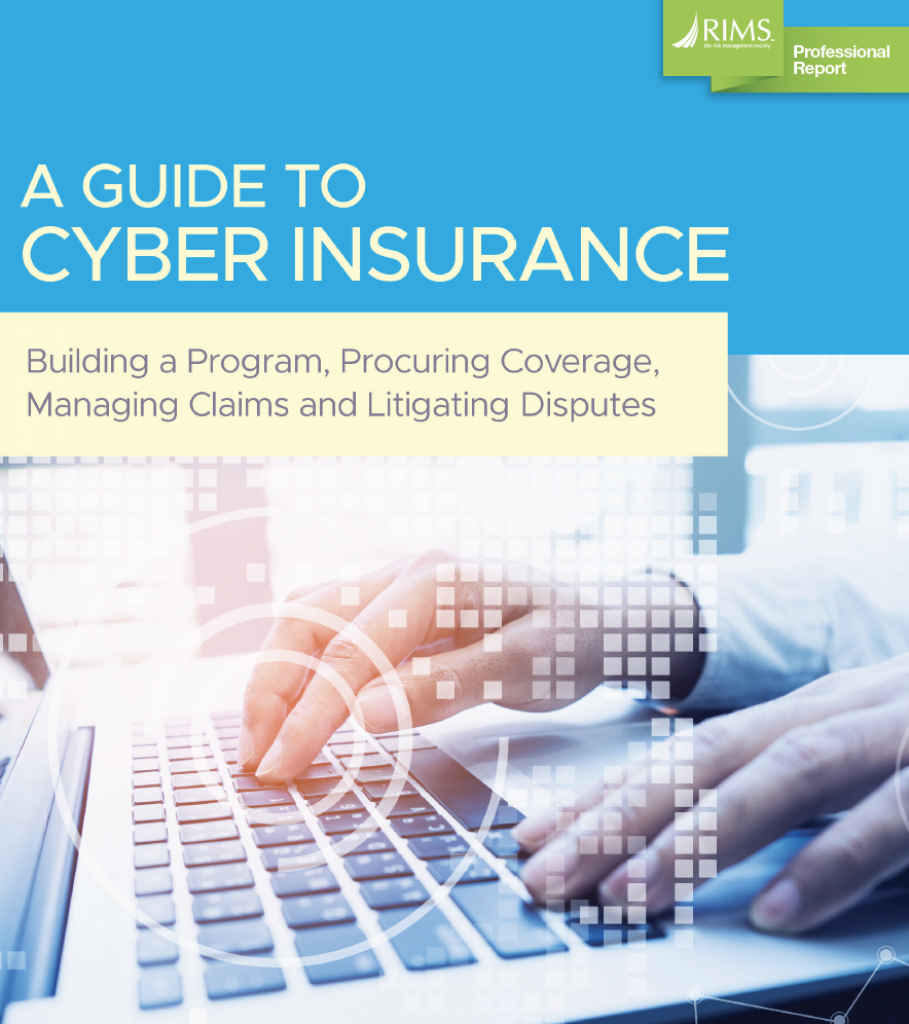 The concept of a culture of safety can be stalled by employers that say they want to be safer, but do little to implement real change.
The concept of a culture of safety can be stalled by employers that say they want to be safer, but do little to implement real change.
For example, a company hoping to understand the causes of fatigue, but won’t adjust its schedules, can set itself up for injuries and hazards.
A new report, Making a Safety Culture Truly Cultural, published by KPA, a risk management consultancy found that:
- 90% of employers want to understand root causes of employees’ fatigue,
but only 55% say they will adjust schedules or tasks. - 51% assign a night shift to an employee immediately before or after a day shift.
- 60% that know rest is important lack a designated area for employees to do so.
“You may think a workplace fatality is unlikely, but put it into perspective,” the report says. “The Centers for Disease Control and Prevention estimate that a fatal injury could cost nearly $1 million. And the National Safety Council estimates the cost at $1.4 million. Also, factor-in the indirect costs of lost productivity, employee replacement, insurance and attorneys, and the cost jumps to $3 million on average.”
The study offers tips for employers trying to embed safety into their organizational DNA. It also explores how employers who invest time, funds and effort into reshaping their culture can save millions in structural and legal damages.
The report puts safety under a microscope to discuss:
- Its current state in U.S. workplace
- Where it needs to change
- How to create a new culture
- Return on investment
- How behavioral changes can be key to preventing injuries
The report features case reviews where employers were both proactive and reactive in their efforts to make their workplaces safer. Some were in conjunction with a 2015 OSHA initiative and included adding hands-free tools, re-engineering control systems and installing metal guards to prevent contact with moving machinery.
These actions caused small habit changes that contributed to the larger goal of creating a culture of safety, the report says. Even changing a bad habit such as slow reporting into prompt reporting has proven to reduce future injuries. Addressing one safety issue at a time rather than several concurrently, KPA contends, is the most effective sequence for reshaping a culture.
Habit loops and how cues within those loops translate into the workplace were also explored.
“It’s hard to change habits, but we can fiddle around with the components of the habit loop,” KPA says. “When behaviors become good habits—part of our routine and organizational DNA—that is a clear sign of developing a true safety culture.”
The report is currently available to RIMS members. To download the report, visit the RIMS Risk Knowledge library at www.RIMS.org/RiskKnowledge. All downloads of this publication will be shared with the sponsor, KPA.
To learn about other RIMS publications, educational opportunities, conferences and resources, visit www.RIMS.org.

 It isn’t difficult to understand that one of the main reasons a salesperson would make a bribe is to make a sale.
It isn’t difficult to understand that one of the main reasons a salesperson would make a bribe is to make a sale. Security scanners that screen passengers entering stations and terminals are being tested around the country and have been installed in subway stations in Los Angeles. The
Security scanners that screen passengers entering stations and terminals are being tested around the country and have been installed in subway stations in Los Angeles. The  High-profile data breaches have been making headlines recently, and their damage can transcend industries, which is why cybersecurity is often a top priority for risk managers. With many traditional insurance policies no longer responding to or outright excluding cyber events, risk professionals must understand their options to ensure the organization is protected in the event of a data breach.
High-profile data breaches have been making headlines recently, and their damage can transcend industries, which is why cybersecurity is often a top priority for risk managers. With many traditional insurance policies no longer responding to or outright excluding cyber events, risk professionals must understand their options to ensure the organization is protected in the event of a data breach.